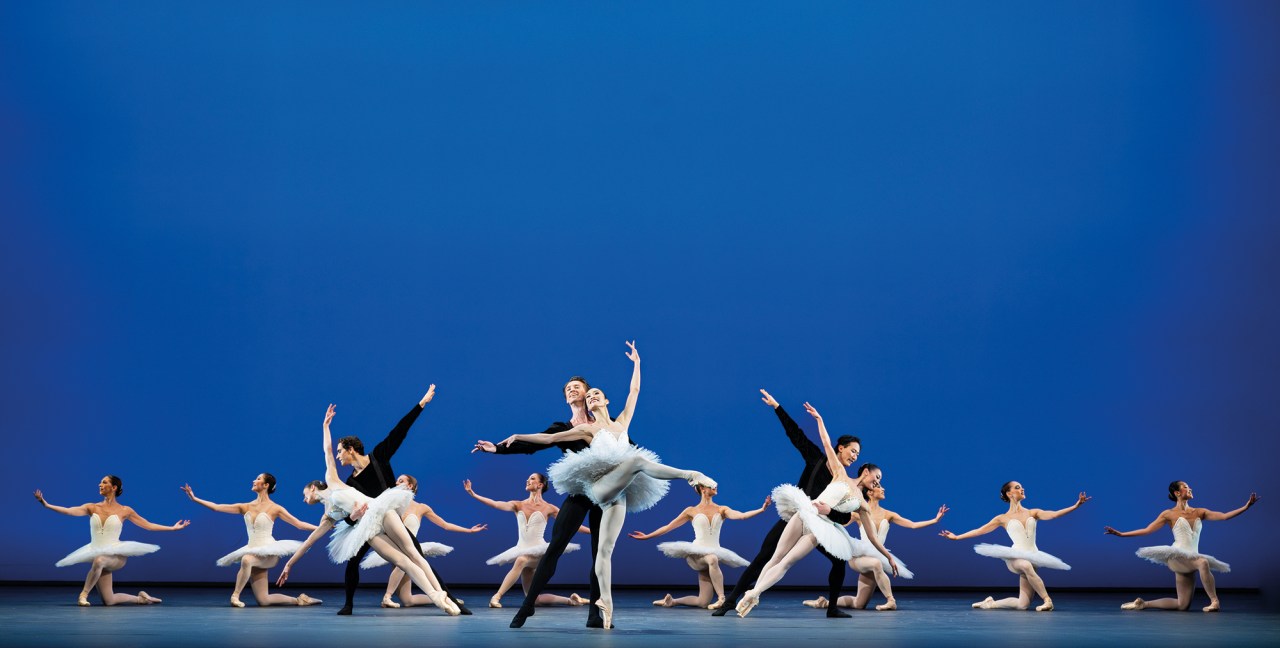
Any evening devoted to the multifaceted genius of George Balanchine is something to be grateful for, manna in the wilderness indeed, but the Royal Ballet’s current offering left me hungry for more. Three works were on the programme, all created in the early stage of the great man’s career, two of them widely familiar, none of them reflective of anything he created post-war for New York City Ballet. Are his executors reluctant to licence productions of later masterpieces such as Agon or Stravinsky Violin Concerto, or is the Royal Ballet fighting shy of their stylistic challenges?
Gripe over, and let’s just rejoice in a feast of superb choreography at Covent Garden, performed with much excellence by dancers coached by Balanchine’s apostle Patricia Neary. And it says a lot for the strengths of Kevin O’Hare’s benign directorship of the Royal Ballet that despite the last-minute injury of four of his biggest stars, he could still rustle up two completely different casts of equal merit (and have some more to spare).
Serenade is a moonlit nocturne populated by a melancholy sisterhood in spectral white, a homage to Fokine’s Les Sylphides in which men exist only to support and admire. It is both transparently simple, posing no great technical demands, and elusively subtle, rich in unexplained imagery and emotional resonances that are never clarified, sensitively responsive to the mood changes in Tchaikovsky’s suite as well as odd things chanced upon in rehearsal. Lauren Cuthbertson, magical in everything this season, shone as the piece’s tragic heroine, dancing with a freely musical amplitude and generosity that transcended all the rules and bar lines. Among her companions Claire Calvert (dancing the following night) radiated something of the same enraptured quality.
The contrast with Prodigal Son, framed by Prokofiev’s acerbic score and Rouault’s lividly painted backdrops, was intense. Balanchine’s last work for Diaghilev – dating from 1929, five years before Serenade, with which he made his debut in America – it’s an oddity in his catalogue in being overtly narrative (of the biblical parable) and focused on male rather than female energies. There were two superb interpretations of the title role: Cesar Corrales, feral and ferocious, exploding with testosterone; and Leo Dixon, more poignantly naive and impulsive. But Natalia Osipova looked oddly uncomfortable as the Siren seducing Corrales – she’s the wrong build for the choreography and played it too whorish. Far more alluring was the serpentine Fumi Kaneko, her tentacular limbs ensnaring Dixon like a ruthless insect. The audience response was a bit muted, and I suppose it’s a period piece, but I love every second of its coarse, often satirical energy and wit. How brilliantly Balanchine uses costumes and props – what starts off as a low wicket fence, for example, is upturned to become a dining table, a crucifix and finally a boat.
Let’s just rejoice in a feast of superb choreography at Covent Garden
As the grandest of grand finales came Symphony in C, Balanchine’s tribute to his origins in tsarist St Petersburg, a parade-ground ballet that uninhibitedly sets out to dazzle and delight, all glitter and glamour as it marshals the troops through a series of kaleidoscopic formations to the accompaniment of Bizet’s blithely tuneful score. In the imperial central adagio Marianela Nunez was the exquisite ice queen, immaculately partnered by Reece Clarke; Melissa Hamilton and Ryoichi Hirano brought a slightly warmer vibe to their collaboration. Meaghan Grace Hinkis and Leticia Dias bubbled merrily in the coda, and two very promising Japanese boys, Daichi Ikarashi and Taisuke Nakao, also made an exceptional mark. Huge fun all round, and it brought the house down and sent us home happy, but next time can we please see more from the era of Balanchine’s maturity?






Comments